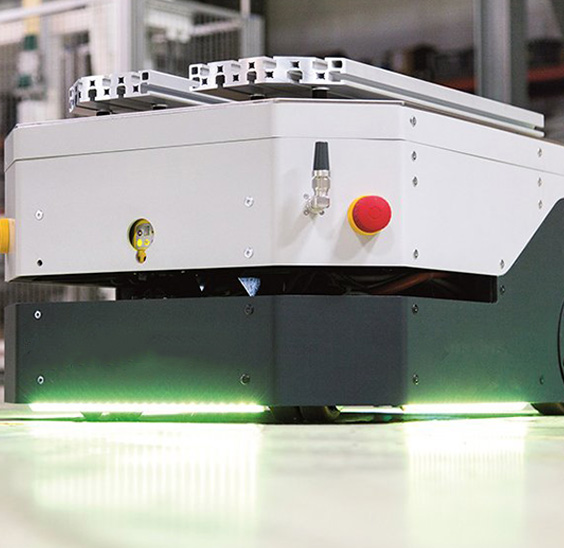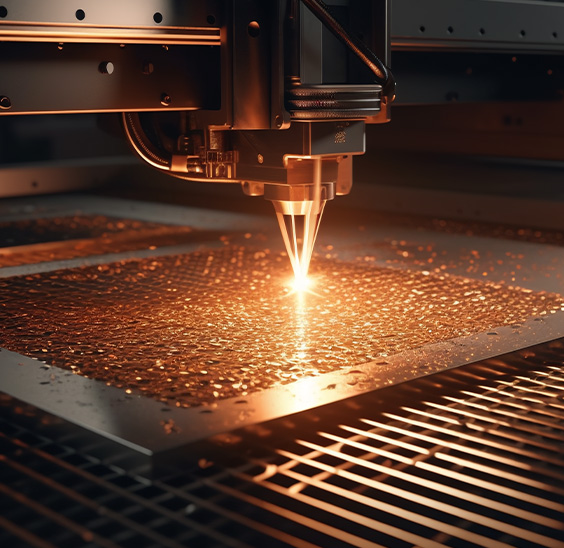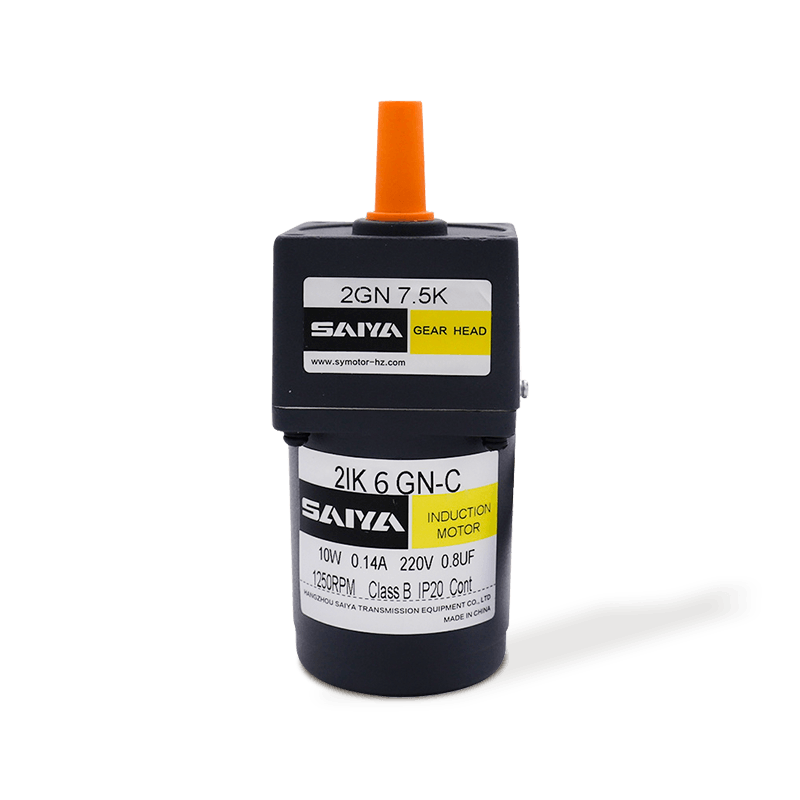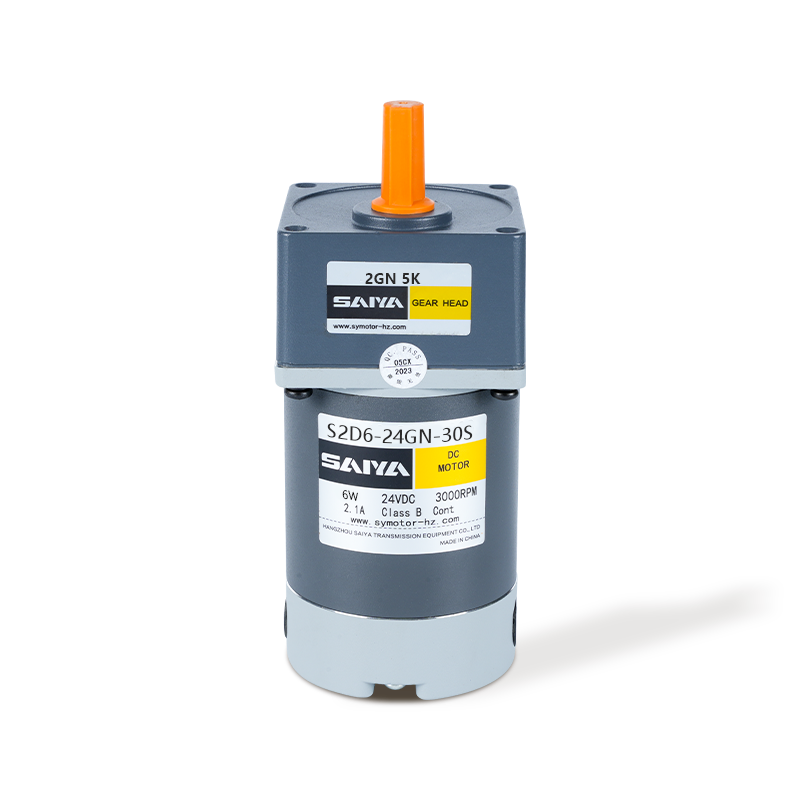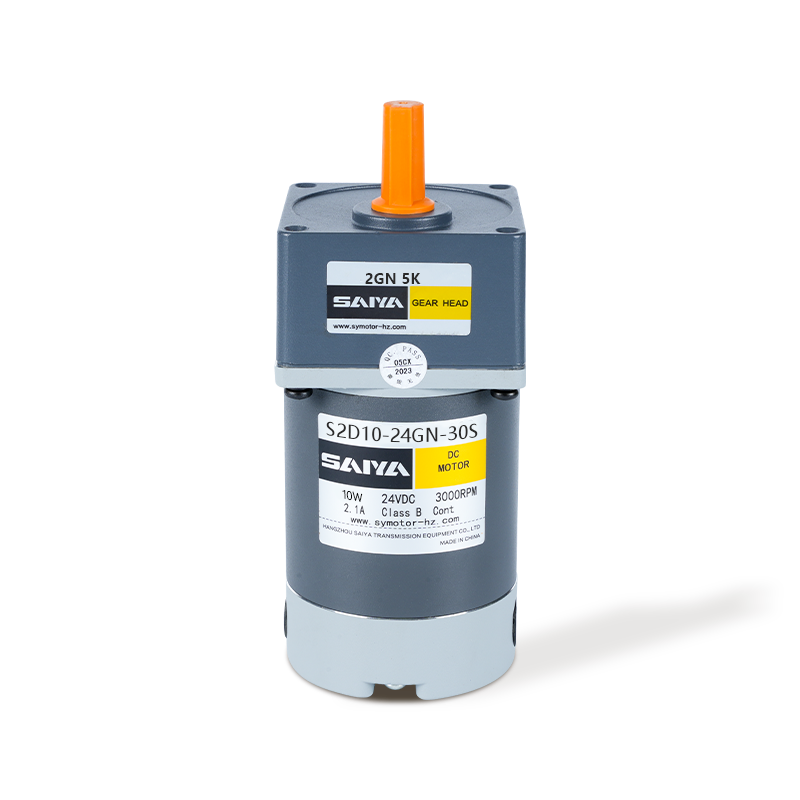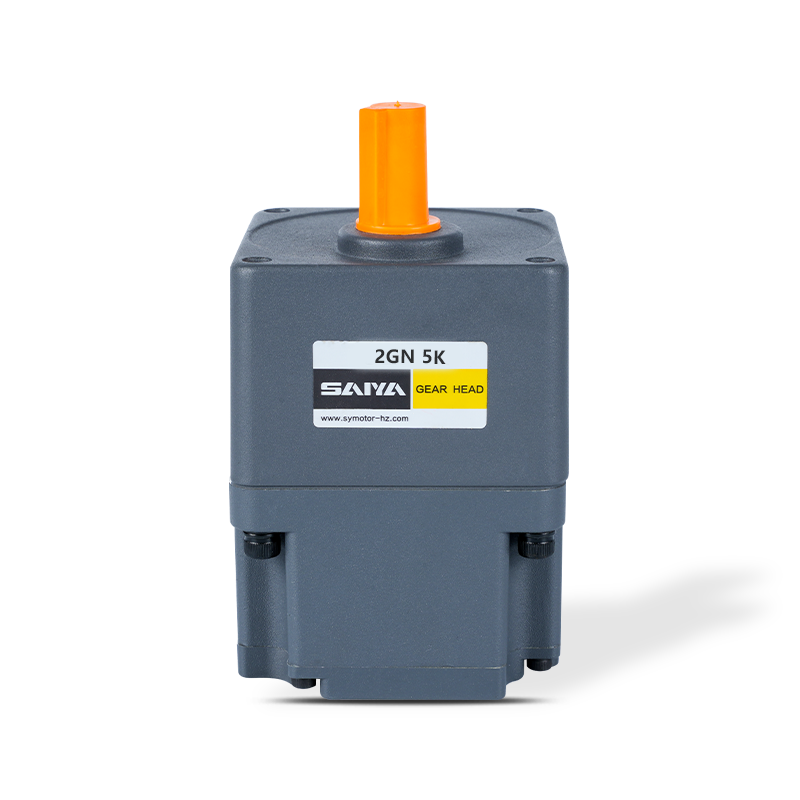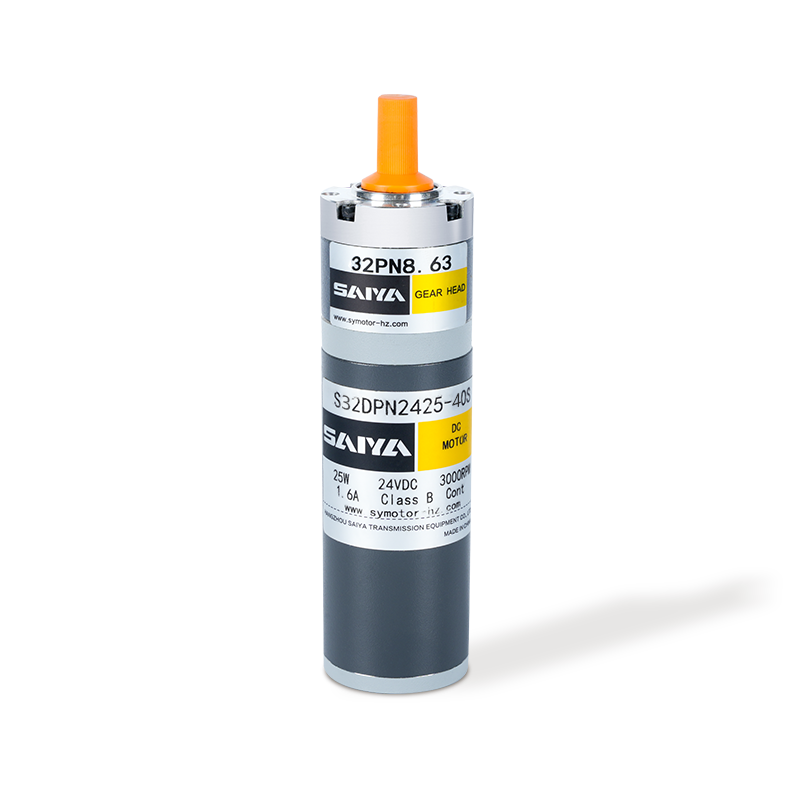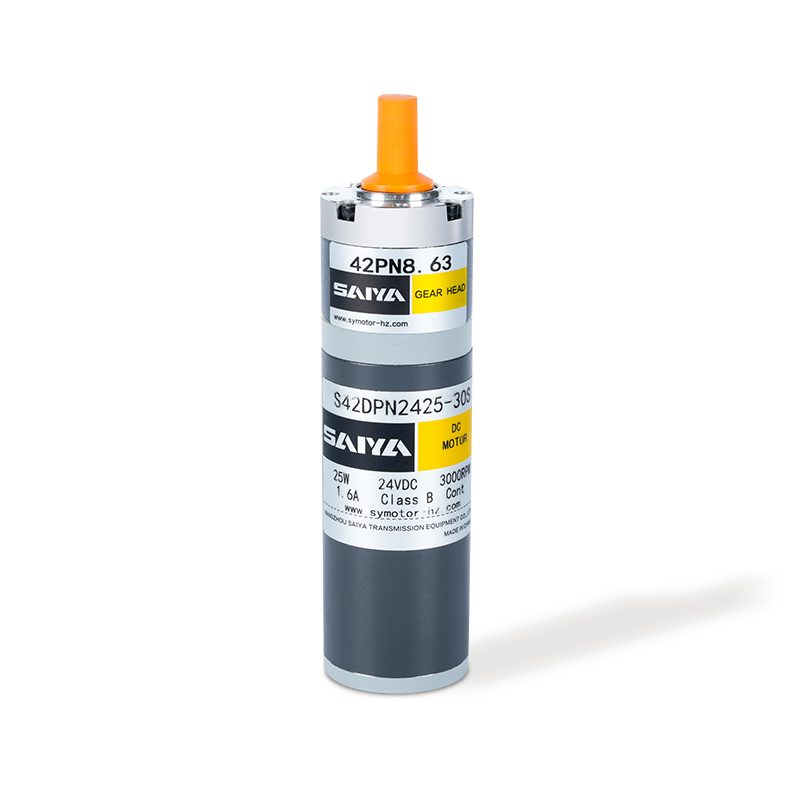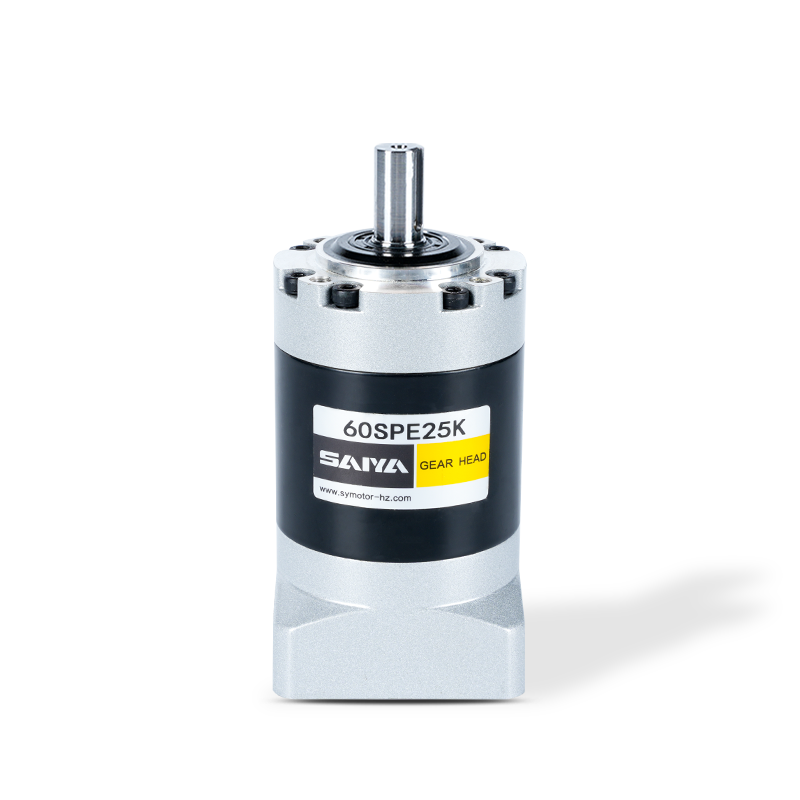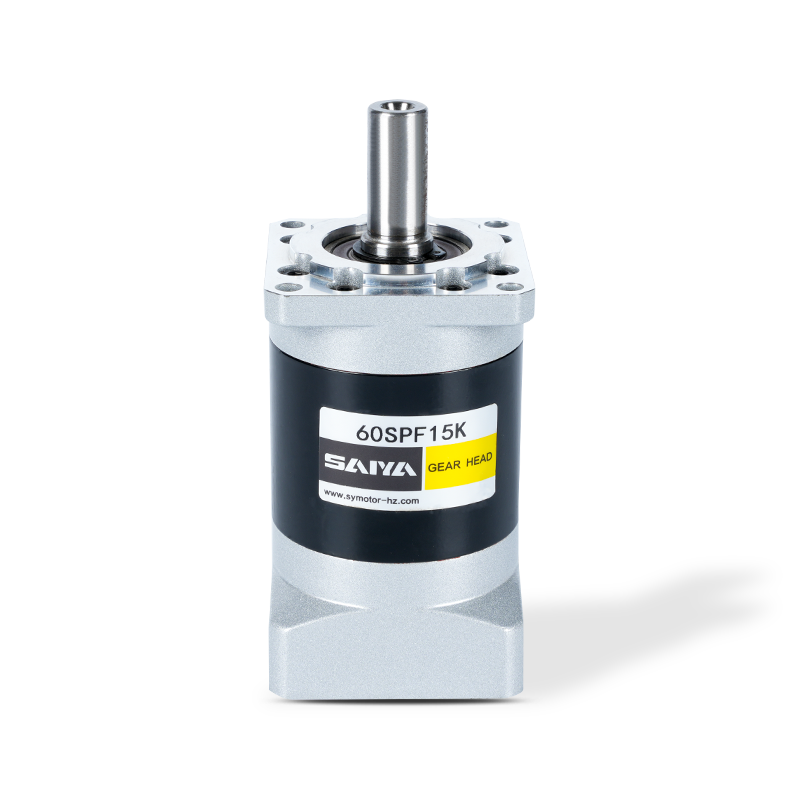Harmonic reducer: a shining star in the field of precision transmission
On the precision stage of modern industry and technology, the harmonic reducer is like a shining star. With its unique design and excellent performance, it has become the core "heart" of many high-end equipment, driving various fields towards a more precise and intelligent future.
Exquisite structure, hidden mystery
The harmonic reducer is mainly composed of three key components: wave generator, flexible wheel and rigid wheel. The wave generator is usually composed of an ingenious combination of an elliptical cam and a flexible bearing. As the "power engine" of the entire system, it will force the flexible wheel to produce periodic elastic deformation with its unique elliptical profile during operation, changing the flexible wheel from the original circle to an ellipse. The flexible wheel, a thin-walled flexible gear with external teeth, is like a smart dancer, dancing under the drive of the wave generator. Its number of teeth is generally one or two less than that of the rigid wheel. It is this tiny difference in the number of teeth that has become the key code for the harmonic reducer to achieve precision transmission. The rigid wheel is an inner gear ring, like a calm guardian, cooperating with the flexible wheel to complete the precise transmission task.
Elastic transmission, performing a precise miracle
When the wave generator starts to rotate, it is like a conductor, guiding the flexible wheel and the rigid wheel to perform an exquisite "gear dance". As the wave generator rotates, the deformation part of the flexible wheel changes continuously, causing the meshing state of the flexible wheel and the rigid wheel to change continuously. At both ends of the elliptical long axis, the teeth of the flexible wheel and the teeth of the rigid wheel are perfectly meshed, like close partners; while at both ends of the short axis, they are completely disengaged and do not interfere with each other. In the transition area between the long axis and the short axis, the teeth are in a semi-meshing state, that is, in the dynamic process of meshing in or out. In this way, every time the wave generator rotates one circle, the flexible wheel will rotate a small angle in the opposite direction relative to the rigid wheel. Since the number of teeth of the flexible wheel is less than that of the rigid wheel, this angle difference is accumulated to achieve efficient reduction transmission. This transmission method based on elastic deformation not only enables the harmonic reducer to achieve an ultra-high reduction ratio, with a single-stage reduction ratio of even 1:320, but also gives it extremely excellent transmission accuracy. The positioning accuracy can easily reach angular grading or even higher levels, providing a solid guarantee for the operation of precision equipment.
Excellent advantages, showing extraordinary strength
The harmonic reducer is extremely compact in structural design. While achieving powerful transmission functions, it occupies very little space. This feature makes it very popular in equipment with extremely strict spatial layout. Light weight is also a highlight. In weight-sensitive fields such as aerospace, the harmonic reducer reduces the burden on aircraft and improves performance with its light figure. Its high-precision transmission performance ensures the precise and stable operation of the equipment, and it has become an irreplaceable key component in industries with almost demanding precision requirements such as precision instruments and semiconductor processing equipment. The harmonic reducer also has the advantage of backlash-free motion, which can effectively avoid the loss of accuracy caused by reverse clearance, making the forward and reverse control of the equipment more accurate and smooth.
Widely used, helping multiple fields take off
In the world of industrial robots, harmonic reducers are like flexible joints, giving robot arms the ability to precisely control movements. Whether it is the precise grasping of parts in precision assembly or the stable control of tool paths during precision machining, it can accomplish tasks excellently. In the field of medical equipment, harmonic reducers bring fine motion control to minimally invasive surgical instruments, helping doctors to perform precise operations in a small surgical space and safeguarding the health of patients. In the field of aerospace, it helps satellites and spacecraft to make precise attitude adjustments to ensure stable operation of equipment in the vast universe. In the fields of optical manufacturing equipment, radar equipment, etc., harmonic reducers also play an important role, providing core power support for the high-precision operation of equipment.


 EN
EN  English
English 中文简体
中文简体 русский
русский Español
Español
